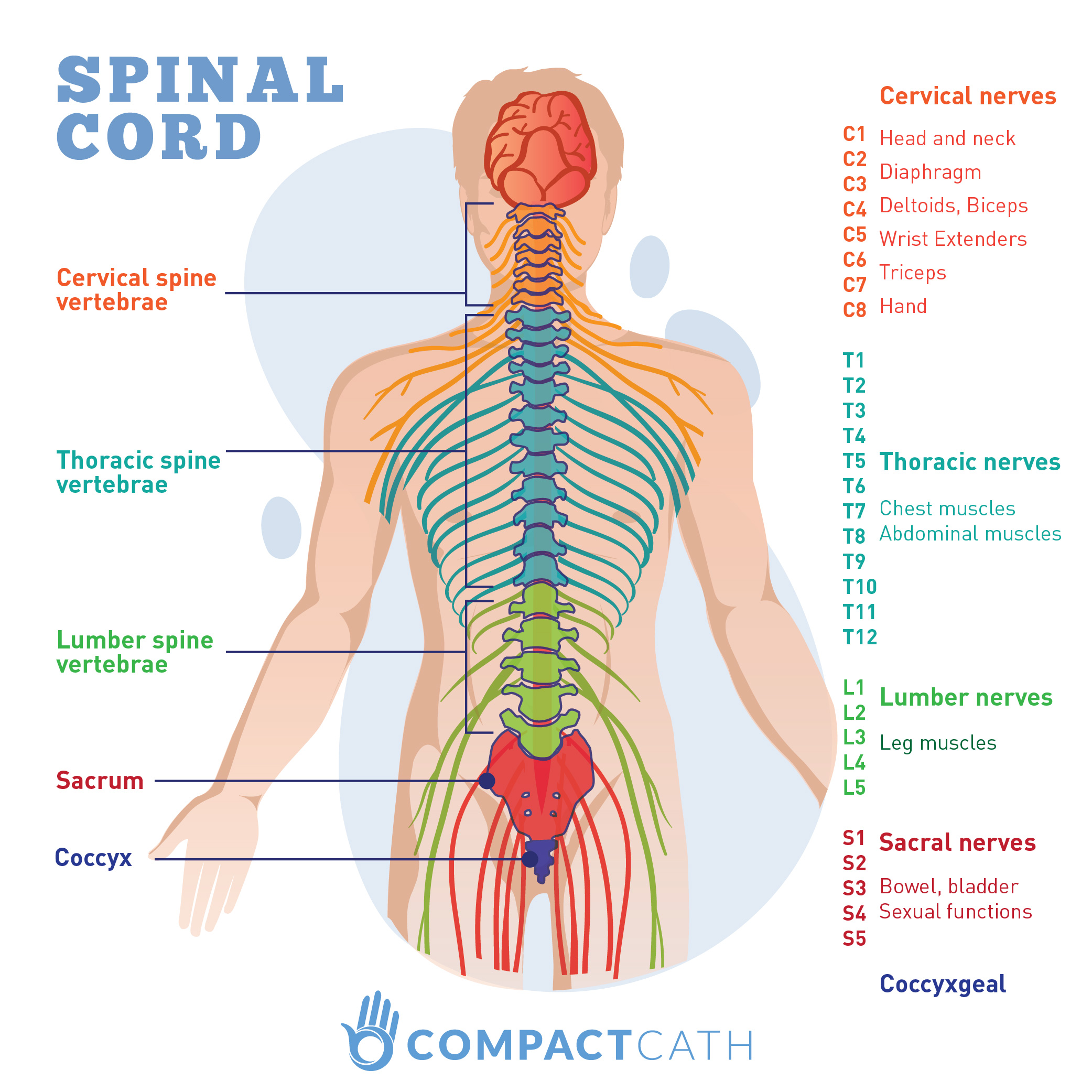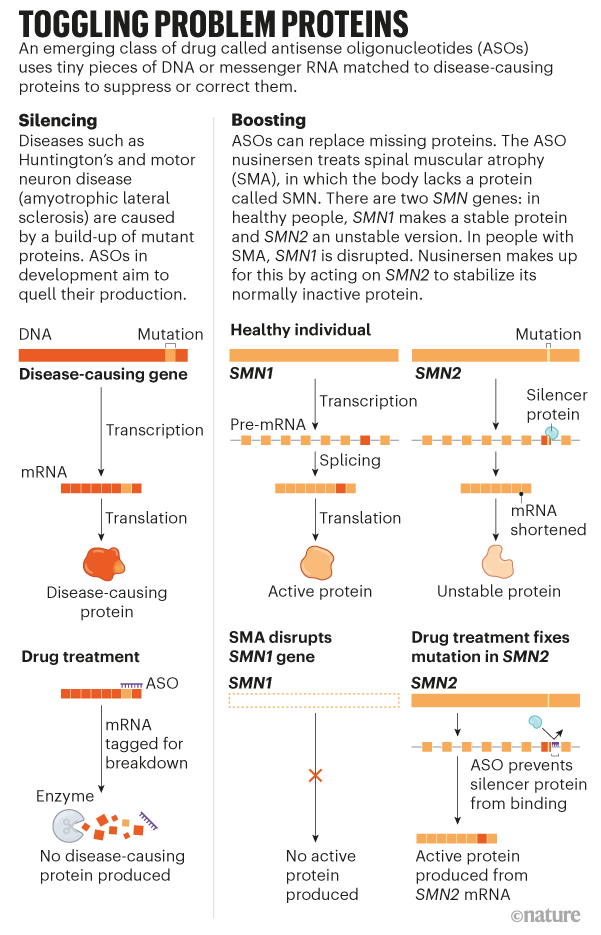ESTI's goal is to provide you with accurate information on science, technology, and health. Happy reading!
In this Issue
MythBusters: The Spinal Cord Stops Growing When You're 4 Years Old
Neuro News: New Genetic Therapies Gives Hope for Incurable Brain Diseases
Tech News: NFTs and the Environment
This Month in Science: Vaccine Passports
Health: The J&J Vaccine
|
|
MythBusters
True: The Spinal Cord Stops Growing When You're 4 Years Old
|
The spinal cord is a structure in vertebrates that consists of nervous tissue and support cells, connects with the brain, and extends lengthwise down the back. The brain and the spinal cord make up the central nervous system.
In vertebrates, the spinal cord plays the messenger between the brain and the peripheral nervous system. However, in humans, the length of the spinal cord is much shorter than the length of the spinal cavity. On average, the length of the spinal cord in men is about 18 in. and in women it's about 17 in. Even though the spinal cord stops growing around age 4, the spinal cord cavity continues to grow into adulthood.
For more information, check out this site.

|
|
|
Neuro News
New Genetic Therapies Gives Hope for Incurable Brain Diseases
|
Brain diseases, such as spinal muscle atrophy (SMA), leave many people with no options for cures despite there being so much research done on the disease. However, a breakthrough in genetic therapies have opened a new door for possible intervention with people with debilitating diseases such as SMA.
SMA is a rare, inherited neurodegenerative disease. This disease prevents the brain from being able to communicate effectively with the body, leading to muscle weakness and wasting that worsens over time. Research has shown that this is due to a mutated gene that is responsible for producing the protein called survival motor neuron (SMN). There are four common types of SMA, but the most severe is SMA1. People diagnosed with SMA1 typically show symptoms shortly after birth and many don't survive beyond the age of two.
However, the discovery of antisense oligonucleotides (ASOs) have changed the course for diseases such as SMA. ASOs are short strings of DNA or RNA letters that are designed to attach to particular sequences of RNA made by faulty genes. This rebalances the levels of proteins they produce, either promoting missing proteins or suppressing faulty ones.
Using ASOs, the drug nusinersen (a.k.a Spinraza) entered clinical trials in 2011. Nusinersen prevents the protein that silences the production of SMN from binding, which allows for more production of functional SMN. The results from phase III of the clinical trials were so promising that it ended early so that those who received the placebo can get access. So far, more than 10,000 people have received nusinersen. The success of the nusinersen led to more research being done for using ASOs on other genetic neurodegenerative diseases such as Huntington's disease (HD).
Unfortunately, at the end of the last month, a large phase III trial was stopped because an outside expert review board decided that the benefits did not outweigh the risks. Additionally, the long-term effects of ASOs have not been determined, and the way they are delivered, through spinal injections are invasive.
For more information, check out this article.

|
|
|
Tech News
NFTs and the Environment
|
Non-fungible tokens (NFTs) have recently taken center stage when it comes to cryptocurrency and the art world. an NFT is a unit of data that is stored on a digital ledger that guarantees the digital asset as unique. Cryptocurrency, such as Bitcoin, are a form of NFTs. More recently, the art world has been using NFTs to sell digital art, and it's shaken the art world with NFTs selling for millions of dollars.
However, the impact that producing NFTs is having on our climate is greater than you'd think. For example, the creation of an average NFT has an environmental impact of over 200 kg of planet-warming carbon. This is equivalent to driving 500 miles in an average American gasoline-powered car. In order to make an NFT, when an artist uploads their artwork and presses "mint", a process known as mining begins. This process involves complex puzzles, lots of computing power, and a huge amount of energy.
For more information, check out this article.

Beeple, Everydays: The First 5000 Days. Sold for: $69.3 million
|
|
|
This Month in Science
Vaccine Passports
|
With people getting vaccinated against COVID-19, there is a growing concern over how to verify these vaccinations. Recently, it’s been known that people are buying fake vaccination cards and using them to bypass restrictions to stop the spread of COVID-19.
Portable vaccine records have been around for a while: people traveling to various countries, children enrolling in school, and health care workers that need to verify their vaccinations before starting work. However, vaccine passports are digital tools that allow for electronic verification, which reduces the risk of forgery compared to paper versions.
At the moment, the clearest application for the vaccine passport is international travel because, as volume increases, it’d be less efficient to have everyone check in with paper records. However, paper records will most likely still be accepted for those without access to their records online.
However, one of the main concerns over vaccine passports is privacy. Many companies are creating systems that would not save user’s information, but just provide a simple ‘yes’ or ‘no’ to whether that individual has been vaccinated. Additionally, requiring vaccination records would discriminate against those who can’t get the shot or refuse, which is why the World Health Organization (WHO) is currently against requiring proof of vaccination for travel at the moment.
For more information, check out this article.
|
|
|
With the emergency approval of the J&J vaccine, millions of people have been vaccinated and the hope to return to a new kind of normalcy seemed to be at the horizon. However, the FDA has paused the use of the J&J vaccine because 8 people were reported to have blood clots, with one person dead and another in critical condition. Now the number has risen to 15 people.
Pauses during clinical trials and after vaccines go into wide use typically are done when there is an unusually large cluster of cases that turn up. This pause gives doctors and experts time to decide whether the vaccine or medication poses a greater risk than benefit, and also gives doctors time to be advised about how to recognize and treat the condition.
Seven women who received the vaccine and one man who received it during a clinical trial developed a rare disorder involving blood clots. In seven of the eight cases, clots formed in veins that drain blood from the brain, this condition is called cerebral venous sinus thrombosis. The results of this condition were “stroke-like.” So far, researchers have not found a way to predict who will develop the disorder and have not identified any underlying condition that might indicate vulnerability.
With almost 8 million people receiving the J&J vaccine, the risk of having blood clots is much lower than the risk of contracting COVID-19. F.D.A and C.D.C. recommends that people who have recently received the J&J vaccine who develop severe headache, abdominal pain, leg pain, or shortness of breath within three weeks after vaccination should contact their doctor.
For more information, check out this article.
|
|
|
Reinforce what you've read!
Reading from your email? Play here!
|
|
|
Get in Touch: Get Familiar with Your Technology
|
|